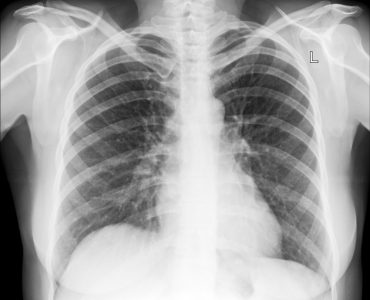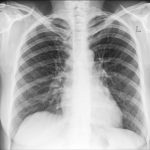A properly administered massage improves digestion with the release of gastric juices, particularly bile which assists in the digestion of fats. Other digestive enzymes can improve the absorption of micronutrients, too. Massage also stimulates peristalsis, the muscle contractions that move food through the digestive tract.
Massage can alleviate many types of digestive discomfort. Firmly massaging a point halfway between the solar plexus and navel can alleviate symptoms of heartburn.
When peristalsis breaks down, firm massage of the abdomen following the natural direction of the intestine–clockwise when looking down at your tummy with 12 o’clock toward your feet and 6 o’clock toward your ribs–can help manually move the contents of the intestine, alleviating constipation and cramping caused by wind. The same clockwise massage motion, gently and frequently applied, can soothe a colicky baby.
Because massage gets blood moving throughout the body, including through the kidneys, it increases the rate at which waste products are cleaned from the bloodstream and moved to the bladder. This is why massage therapists suggest increasing water consumption immediately following a massage. Massage should never directly manipulate the kidneys, however, as this may cause damage.
The stress-relieving power of massage can also encourage digestion by shutting down the body’s fight-or-flight response to stress. Part of that response is to slow digestion down in preparation for diverting the body’s resources to muscles needed to flee or mount a defence. Normalising stress levels can route blood back to the stomach and intestines so they can resume normal function.













